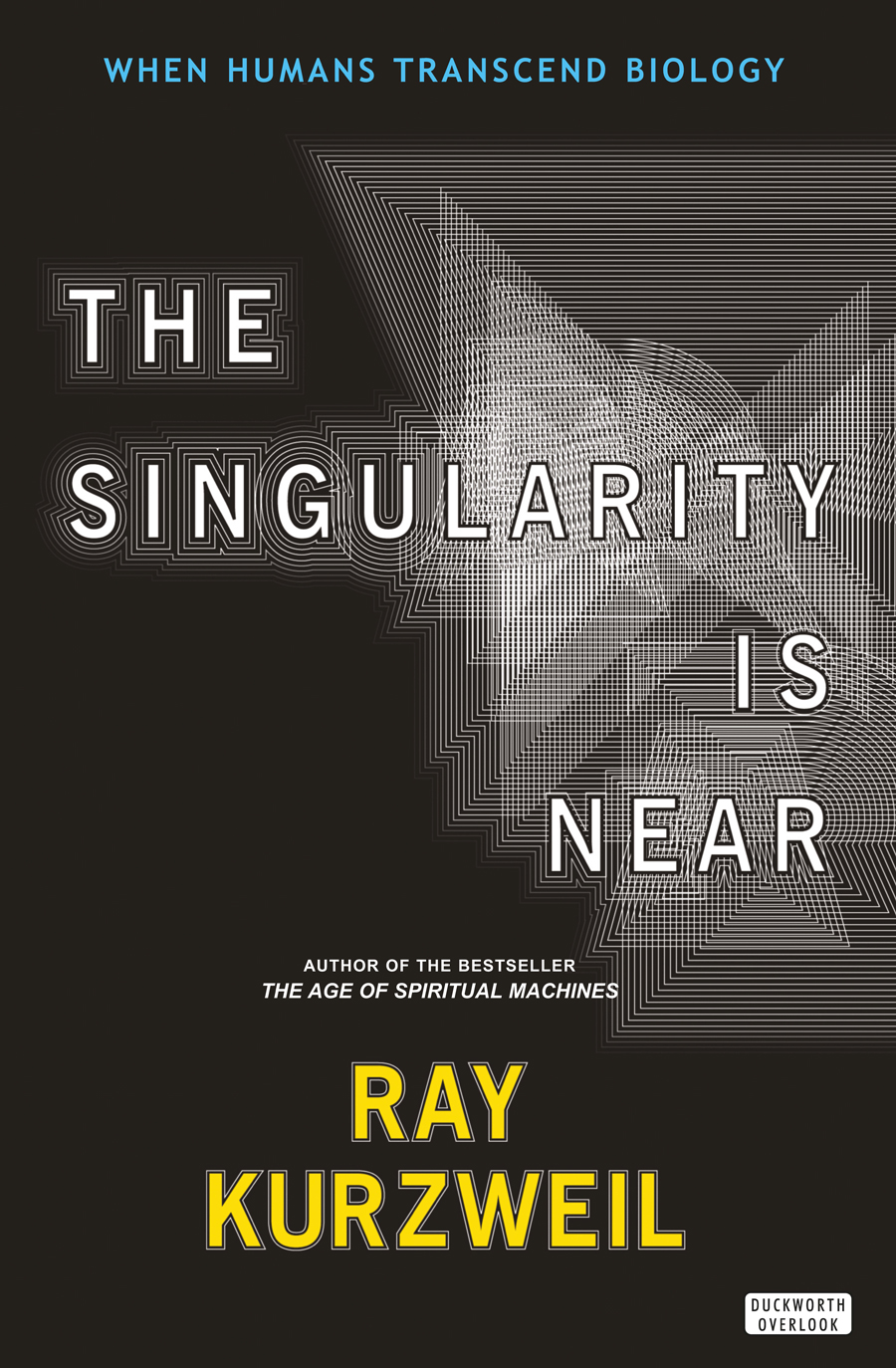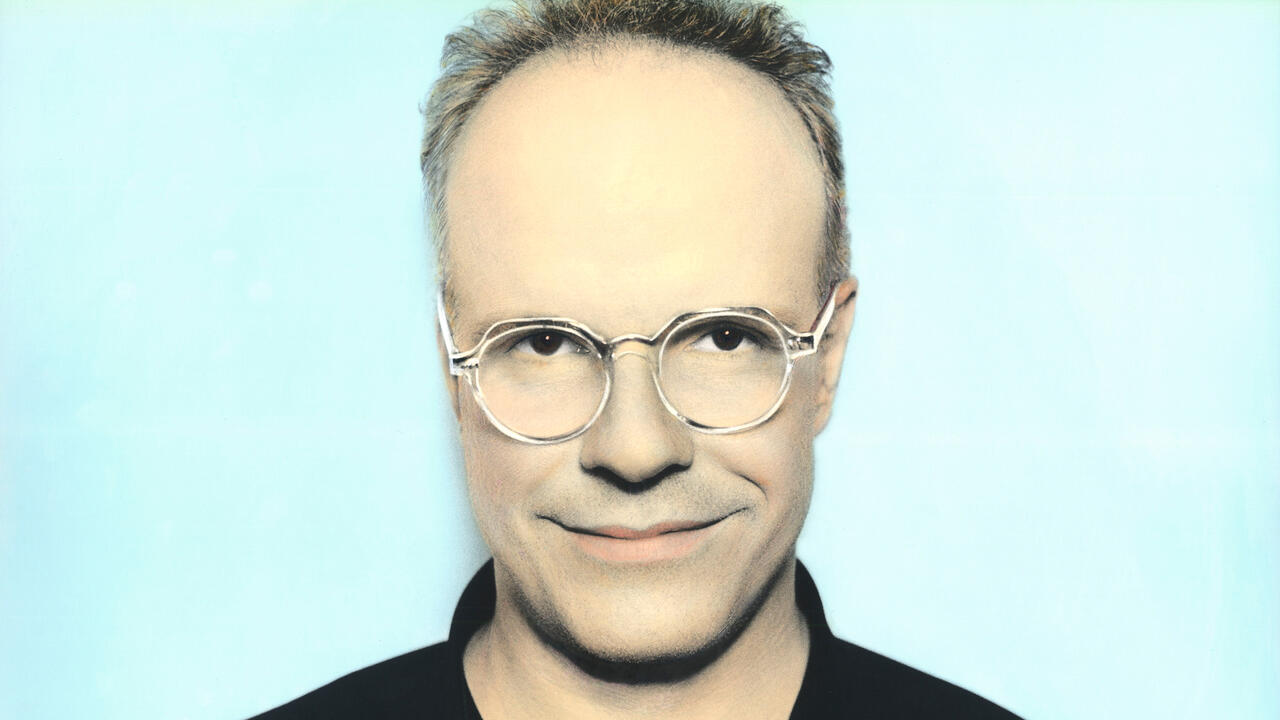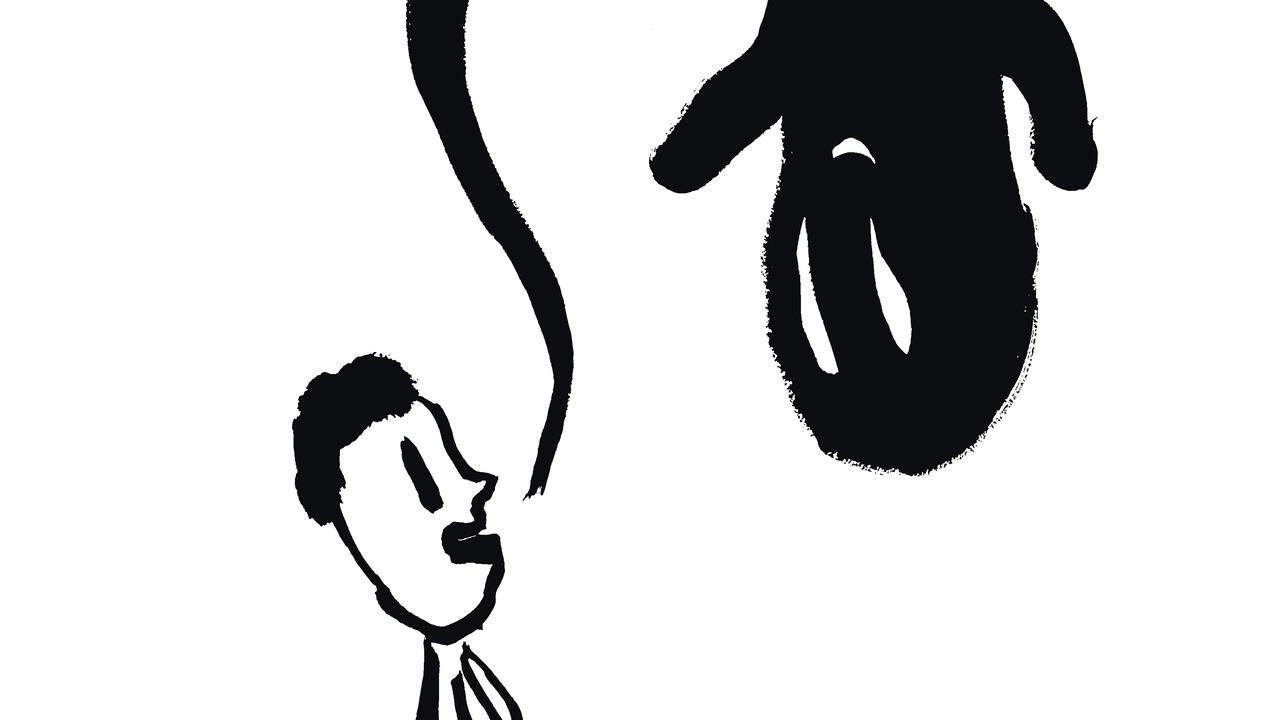Ray Kurzweil’s ‘The Singularity is Near’
‘After Kurzweil’s book landed with a thud in the centre of our culture, it was impossible not to address its claims’
‘After Kurzweil’s book landed with a thud in the centre of our culture, it was impossible not to address its claims’

When I first picked up Ray Kurzweil’s dazzling, utopian book The Singularity is Near (2005), some six years after its publication, I ripped through it at a breakneck pace, riveted by the unfurling of fantastical technological prognostications that seemed beamed in from science fiction. Kurzweil, the inventor, futurist and current Director of Engineering at Google, was telling me what I wanted to hear: all the biggest and woolliest of the world’s problems were easily solvable, and all we had to do was wait for the swiftly approaching technological revolution. Income inequality? A non-issue. Climate change? Piece of cake. Sickness and decrepitude? Dry your eyes. Death itself? A trifle.
From almost anyone else, these predictions would have sounded insane. But Kurzweil had exhibited an uncanny knack for predicting our seemingly uncertain future. The jewels in his soothsaying crown include: divining the fall of the Soviet Union, calling the defeat of the first chess Grandmaster by a computer and foreseeing the explosion of the Internet. This clear-sightedness not only earned him a fortune and an outsized reputation, but also tipped the ears of powerful figures in government, technology and finance in his direction. If ever there was a contemporary oracle, Kurzweil is he.
The root of Kurzweil’s rosy view of our future is actually quite simple, at least in its conceit. He calls it his ‘Law of Accelerating Returns’, and it takes its cue from another famous technological ‘law’ proposed by the Gordon Moore, co-founder of Intel. Moore’s Law arose from a paper published in 1965, in which Moore observed that, essentially, the power of computer chips doubled every year. (In 1975, he revised this figure to every two years.) Moore made the guarded prediction that this pattern would continue for perhaps the next decade, but it held for more than 50. Kurzweil, by way of a hefty amount of research illustrated on the handy graphs that dot The Singularity is Near, makes the argument that the exponential growth which Moore attributed to computer chips actually applies to all areas of technological growth, with interlocking sectors of innovation feeding each other’s expansion at an exponentially accelerating rate. At least in theory, this non-linear acceleration of technological progress will eventually become so rapid that it defies comprehension. It is at this point, the titular ‘singularity’, that we as a species will feel the full force of Arthur C. Clarke’s adage: ‘Any sufficiently advanced technology is indistinguishable from magic.’ After the technological singularity, magic will compound magic, leap-frogging us into a world where, perhaps, the biggest threat to our nanotech-enhanced bodies and supercharged, silicon-supplemented brains will be death by pure astonishment. Kurzweil puts the date of that prospective event at 2045.
Of course, he may be wrong. There are whole hosts of AI researchers and cognitive scientists, including Pulitzer Prize winner Douglas Hofstadter, who shake their weary heads at the prospect of a technological singularity, chalking it up to yet another spectacular instance of over-promising. Others, like the philosopher Nick Bostrom and historian Yuval Noah Harari, fear he may be right, but that the consequences of such advancement might skew more towards ‘cartoonish, intractable nightmare’ than ‘shimmering Cockaigne of our wildest imaginings’.
Whatever your position, after Kurzweil’s book landed with a thud in the centre of our culture, it was impossible not to address its claims. Unless, of course, you were one of those short-sighted people who measure the future only in election-cycle increments: politicians. Then you were, at best, mum, silently praying that history would continue to colour within the lines of past paradigms; or, at worst, trafficking in the idea that the future could somehow revert to some idealized version of the past. These walking, talking failures of imagination might yet doom us all, or they might be washed away in upheavals to come. But they would do well to remember that, if there is one thing we learned from Kurzweil, no matter the granular accuracy of his predictions, it is this: the future does not flow backwards, and it does not stay still.





















